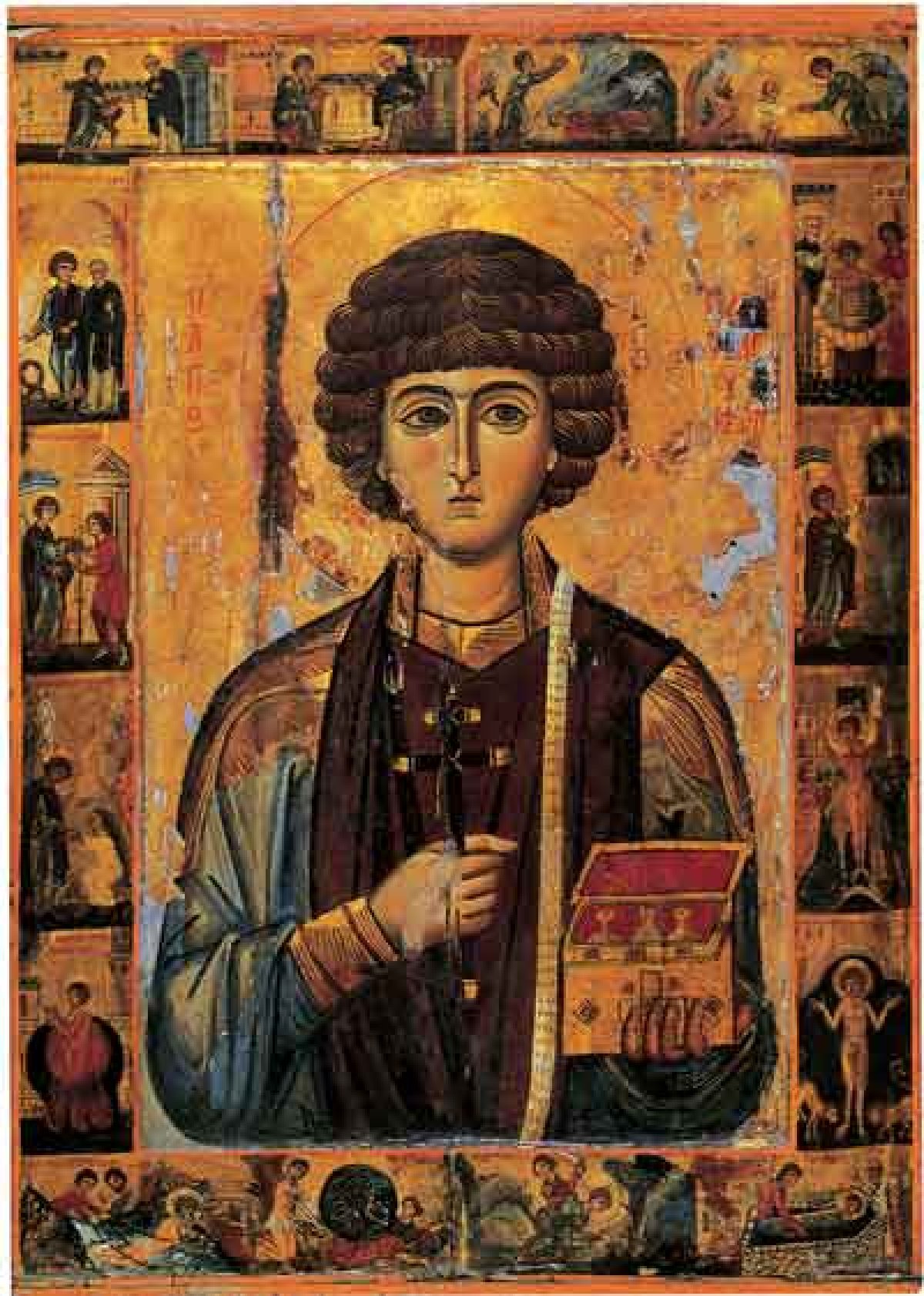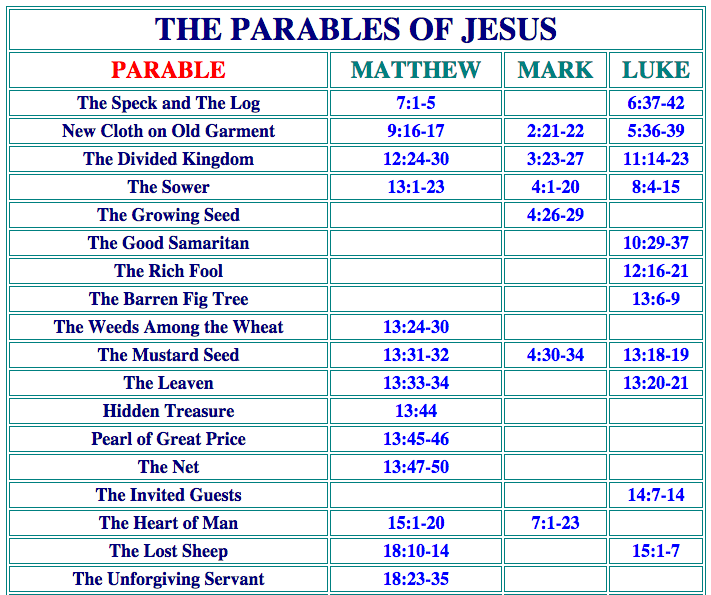Books That Were Removed From The Bible
Books That Were Removed From The Bible
The Bible is often described as the most widely read and influential book ever written. Written by many different authors over hundreds of years, it’s also one of the most controversial books out there. There are numerous theories about what was in it (and what was left out) over the course of its evolution from oral history to holy writ. In this post we’ll explore some of those theories, along with some facts about which books were removed from the Bible—and why! These books were once part of scripture but have since been declared apocryphal or pseudepigraphal—meaning they were never part of God’s true intent for His Word (or at least that’s how some believers see it). But despite their somewhat dubious origins, these texts still contain powerful lessons and insights that can inspire us today!
The Gospel of Thomas
The Gospel of Thomas is a Gnostic gospel that was discovered in 1945. Written in Coptic, this gospel has 114 sayings attributed to Jesus and does not appear in the Bible. While some scholars believe that the Gospel of Thomas may have been written as early as 50 A.D., others believe it was written between 150 and 200 A.D.
The Gospel of Thomas is particularly significant because it differs from other canonical gospels by being less concerned with describing Jesus’ life than with interpreting his teachings and words, which are often presented as paradoxes. For example, one saying reads “If you bring forth what is within you, what you bring forth will save you.” This statement emphasizes the importance of inner thoughts over external actions or appearances, something at odds with other Christian texts such as Matthew 6:1-6 where Jesus teaches his disciples how they should pray so they will be seen by others (and thus saved).
The Gospel of Barnabas
The Gospel of Barnabas is a book that was written in the 14th century and is not considered inspired or canonical by most Christians. The Gospel of Barnabas was not included in the Bible, and it does not appear to be widely studied or read today.
The Gospel of Peter
The Gospel of Peter is one of the non-canonical gospels, which are not accepted as scripture by the Christian Church. The Gospel of Peter was written in the first half of the second century, probably around 150 to 160 CE. It focuses on Christ’s Passion and Resurrection and is considered to be an example of Hellenistic Jewish Christianity.
The most notable difference between this gospel and other New Testament accounts is that it does not contain any reference to Jesus’ death on Good Friday (the day before Easter). Instead, his death occurs on Passover (a Jewish holiday) when he sacrifices himself for mankind by allowing himself to be crucified out of love for humanity.
The Gospel of Mary Magdalene
The Gospel of Mary Magdalene was discovered in the late nineteenth century, and is one of the Gnostic Gospels. It is the only complete gospel written by a woman, and it focuses on wisdom.
It was removed from our modern Bible because it talked about how Jesus told Mary that he would teach her secret teachings after his Resurrection. This could have been interpreted as an attempt to steal power from Pauline Christians who believed that only men should be given authority over women in church settings
The Book of Jubilees
The Book of Jubilees is a book that was removed from the Bible. It was written in Hebrew and believed to be written by Moses. The book was also believed to have been written before the time of Moses, during the time of Moses, or after the time of Moses.
First Esdras
First Esdras was written in the second century BC. The only surviving copy of this book is in Latin, but it was originally written in Greek and Hebrew. It is also called 1 Esdras and 3 Esdras.
Second Esdras
Second Esdras is a book in the Apocrypha that was removed because of its lack of historical accuracy and divine inspiration. It was also removed because it had no apostolic authority.
Although it bears a strong resemblance to Ezra, some scholars believe that Second Esdras could have been written as early as 175 BC.
Third Esdras
Third Esdras is a book of the Bible that is not included in the modern canon. However, it does exist and has been published. It is not considered canonical by most Christians, but many hold it to be inspired by God.
The book was written after Ezra had completed his work on the Second Temple and lived for about 20 years after completing this work (Ezra 7:1–9).
These books were in the Bible at one time, but for various reasons were removed
The following books were considered to be part of the canon and inspired by God, but they were eventually removed:
- Book of Enoch (which was written in Aramaic)
- Book of Jubilees (which was written in Hebrew and dates back to about 100 BC)
- Apocalypse of Peter (written in Greek)
These books were removed from the Bible because they did not meet the same criteria that was used for determining which books were canonical. They were not considered to be authentic historical documents with religious significance for Christians.
If you’re interested in reading these books, you can find them online or at your local library. The Gospel of Thomas and the Book of Jubilees are available in most Bibles, but the others may be difficult to find outside academic texts.






